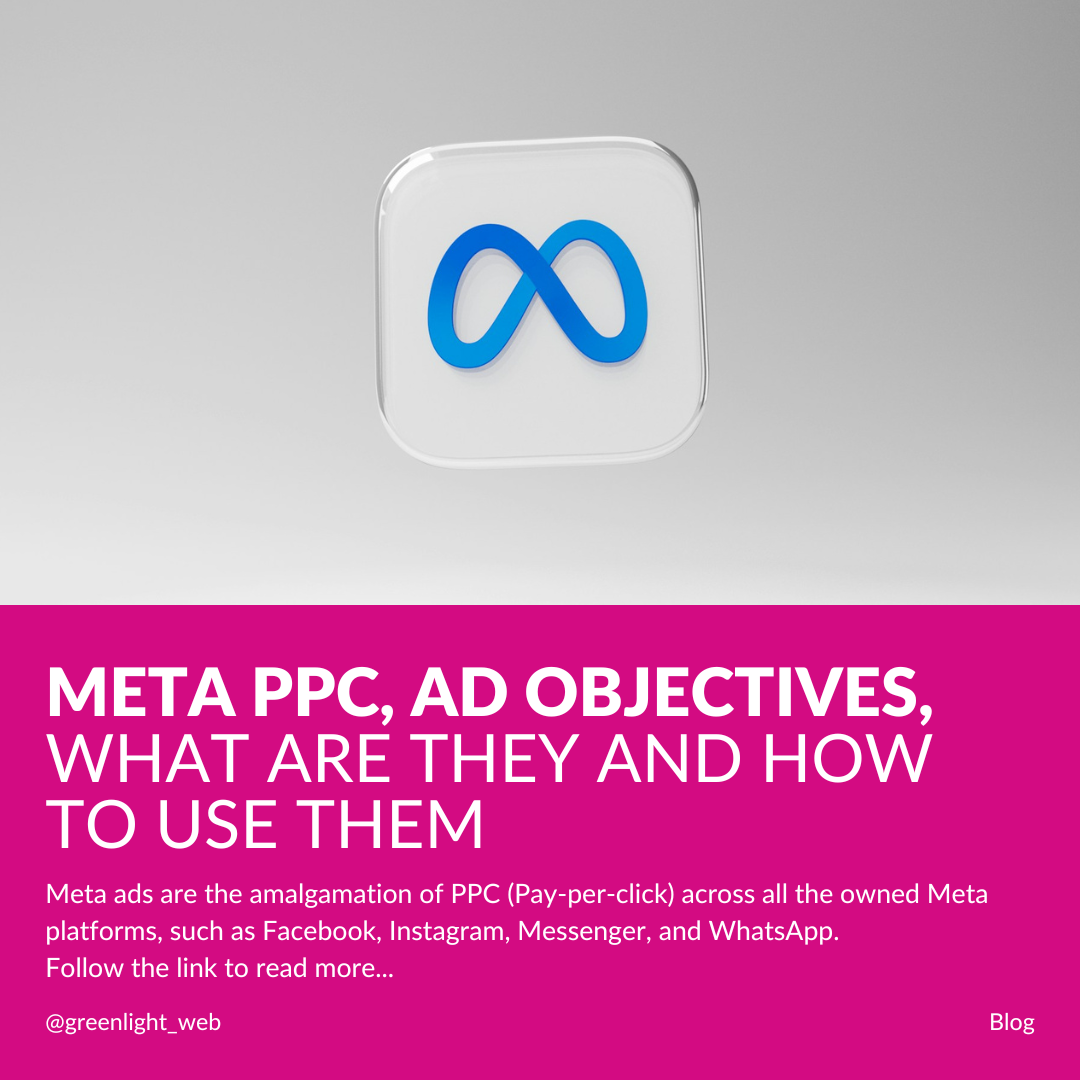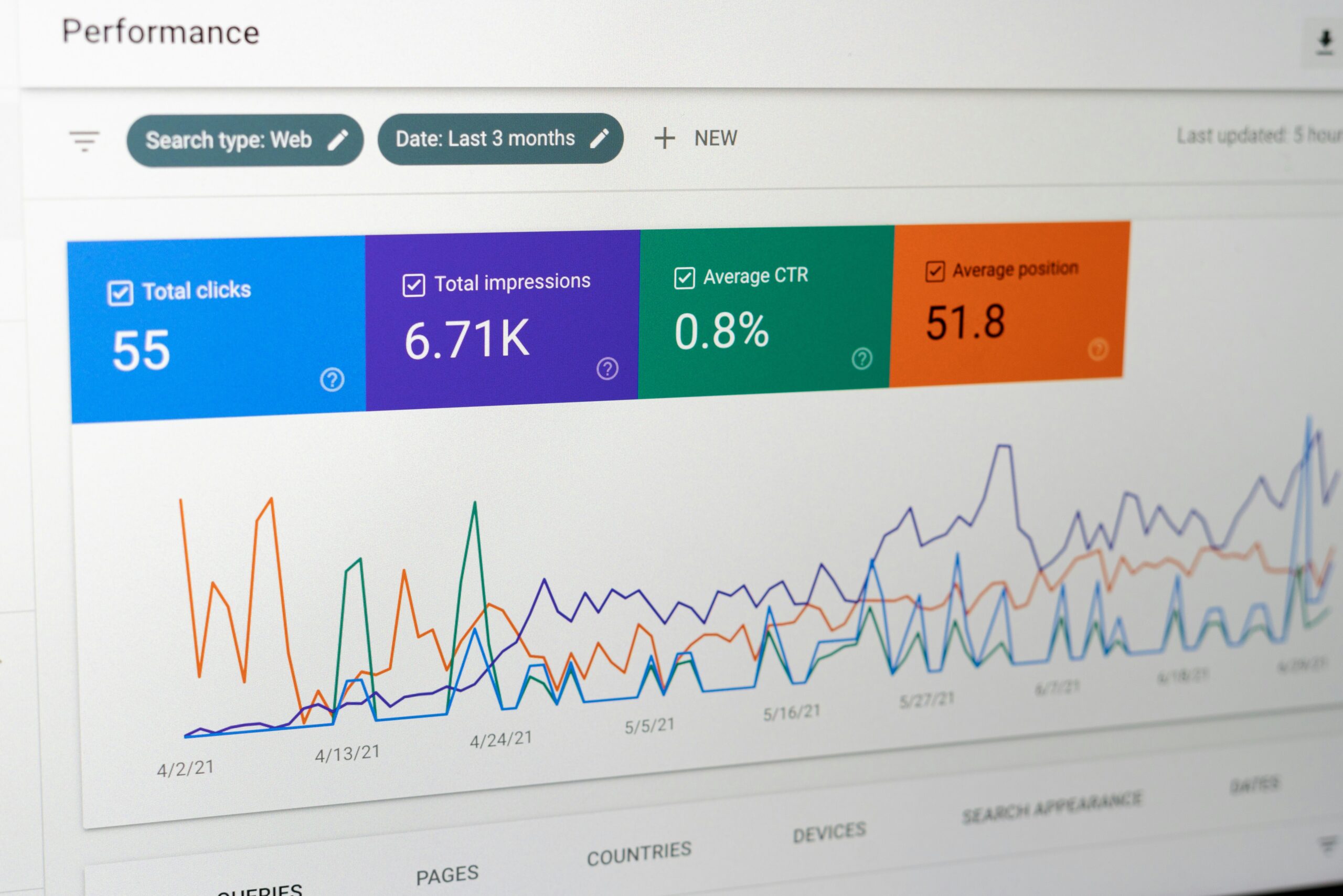Blogs are one of the most popular ways for businesses and people to share their thoughts and opinions with others. It is also one of the easier ways to create brand awareness and become an authority in your business sector. This article will show you how to create an SEO friendly blog post in a few easy steps.
Find a suitable topic
It’s better to create topical posts and discuss or offer a solution. This way search engines will understand the context of your post and you should have more chance of ranking for many keywords. Ideally, you want to solve a problem or answer questions.
How do I know what questions are relevant?
Find popular questions that your customers are asking about your business. Search for these questions on Google and see how many results you can find for each question.
Google search results also show “People Also Ask” results. Once you click on one question, more will appear.
Want to find out a boatload of questions about your topic? Head over to Answer the public and type in a basic keyword to get a bunch of questions to pick and choose from.
Structure your post
Break up your content into easy-to-read sections (subtopics). Big blocks of text are not very interesting or attention-grabbing. Arrange your content in subtopics with good subheadings and images to get much more “dwell time”. The amount of time visitors stay on a page is a ranking factor.
It should be easy to create a post of over 1000 words or more. For example, structure your post to have 5 subsections (subtopics/questions) with 100 to 200 words each.
Popular types of posts
- How to…
- Lists
- Tips
- Guides
- FAQs
Break up content to make it easier to read
- Use questions as subtopics. It will make it easier to read
- Use relevant images to support your content
- Lists work great
- Infographics
- Videos
An example structure for a post:
- Heading/Title
- Intro paragraph
- Image
- Questions people ask (subtopics)
- Answer the question in about 100 to 200 words
Keyword Research
Now that you have the outline of your post, we need to find the keywords that will help the search engines to find and understand what your content is all about. Keywords and keyphrases mean the same thing and can be 1 or many words (in case you were wondering).
Keyword research is important to find the right keywords you want to rank for. It will be easier to target longtail keywords that will rank easier with less competition. Longtail keywords are usually 3 or more words.
Find a suitable focus keyword to cover the topic of your post. Include the focus keyword or variations of it in your subheadings. Then find suitable and related keywords to include in each answer. There are many free and paid keyword research tools available online. Here are a few popular keyword tools to get you started.
Keyword Research Tools
- Google Keyword planner
- Keywords Everywhere (Chrome extension)
- Google Suggest – start typing and see what keywords Google suggests
- Ahrefs keyword generator
- MOZ Keyword tool
- Ubersuggest keyword discovery tool Save
Tips for creating great content
- Create unique content and include relevant keywords in each subsection.
- Spelling and good grammar are essential to look professional.
- Write in plain and simple English.
- Create a title for your post that people will find interesting.
4 free tools to help with your content creation.
There are loads of tools available online to improve your content. Here are a few of the most popular ones:
- Grammarly – spellcheck your work
- Hemmingway App – improve the quality of your content
- Headline/Title generator – create a great headline
- Copyscape – plagiarism checker
Optimise for a Search Engine Friendly Blog Post
Your WordPress site should have an SEO plugin installed and configured to deal with the basic SEO settings. There a quite a few available and most will do a great job. The 2 most popular SEO Plugins are Yoast and Rankmath. They are easy to install and configure. Installing one of these plugins with basic settings will improve the way search engines crawl and index your site.
If you want to improve on the default optimisation settings for your post, go to the SEO section of your post and follow the recommendations.
Each page or post is scored with traffic lights or a score. A green traffic light or score of 80/100 and above are the recommended targets.
Basic optimisation of your blog post using an SEO plugin:
- Select a focus keyword and use it in the following areas (E.g. Features That Your Homepage Must Have)
- Create a great title tag for your post and include your focus keyword and your brand
- Example: 7 Features That Your Homepage Must Have| Greenlight Web
- Create a compelling meta description to stand out from the rest of the search results
- Example: A homepage is the most important page of any website. Here are a few features that your homepage must have to improve your visibility.
- Add images and include the focus keyword in the image alt text.
- Body text – use relevant related keywords throughout the content and keep user intent in mind.
- Create a great title tag for your post and include your focus keyword and your brand
- Shorter URLs seem to be more user-friendly. Around 70 characters are ideal and don’t forget to include your focus keyword.
- Longer form content usually ranks better than shorter form because it covers the topic in more depth. Aim to give enough information to cover a good number of questions. This should increase the number of keywords relevant to the post as well. (E.g. 5 questions with 100-200 word answers should easily take you past 1000 words).
- Internal links – link to your product or service pages and other relevant blog posts where possible.
Promote your content
Always promote your blog post. Social media and email marketing are the most popular. Why not start a newsletter and promote your latest blog post to your subscribers?






